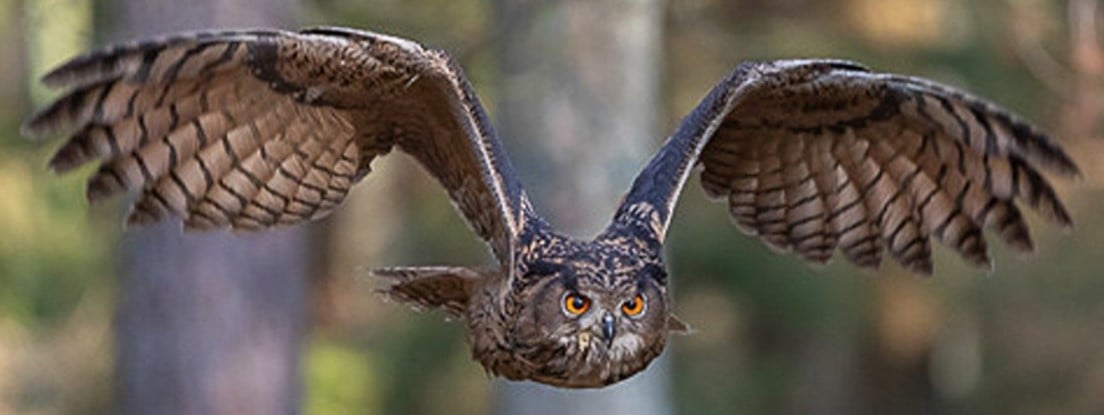Superbowl
For owls that are superb.
Also visit our twinned community for wholesome content:
https://lemmy.world/c/wholesome@reddthat.com

US Wild Animal Rescue Database: Animal Help Now
International Wildlife Rescues: RescueShelter.com
Australia Rescue Help: WIRES
Germany-Austria-Switzerland-Italy Wild Bird Rescue: wildvogelhilfe.org
If you find an injured owl:
Note your exact location so the owl can be released back where it came from. Contact a licensed wildlife rehabilitation specialist to get correct advice and immediate assistance.
Minimize stress for the owl. If you can catch it, toss a towel or sweater over it and get it in a cardboard box or pet carrier. It should have room to be comfortable but not so much it can panic and injure itself. If you can’t catch it, keep people and animals away until help can come.
Do not give food or water! If you feed them the wrong thing or give them water improperly, you can accidentally kill them. It can also cause problems if they require anesthesia once help arrives, complicating procedures and costing valuable time.
If it is a baby owl, and it looks safe and uninjured, leave it be. Time on the ground is part of their growing up. They can fly to some extent and climb trees. If animals or people are nearby, put it up on a branch so it’s safe. If it’s injured, follow the above advice.
For more detailed help, see the OwlPages Rescue page.
view the rest of the comments

So, they aren't sedated before they're bathed?
Birds have abnormally high risk of death related to anesthesia.
(Source)
I'm not a vet, so I don't know exactly why that is, but there are a few things that I can hypothesize.
Even most big birds just look big. Flighted birds need to use their own power to stay off the ground. Like a rocket, every gram counts. Owls are about 40-60% feathers, so what you are seeing is about half air by volume. Which such low actual mass, measuring anesthesia is many times more critical to avoid death.
Wild animal medicine is new. Before the 1970s, people did not do this kind of stuff. Our founder at the rescue just did this stuff "for fun" but started picking up jobs from the State Game Commission because people didn't really have wild animal rescue as a career. We don't know how all forms of treatments affect different species, and combined with birds being non-mammalian animals, we really don't have great medical info on all of them and how to treat them without harming them all the time.
Animals also can't tell us their symptoms or medical histories. This chart discusses the anesthesia risk levels that my first link above talks about here:
Without knowing what underlying conditions may exist, it's hard to judge the dangers of anesthesia. I haven't handled too many raptors yet, just a Screech Owl and Cooper's Hawk, but as much a fit as they throw when you try to grab them, they tend to calm down once they see you're not going to eat them, and they stay rather still in confusion more than anything. It's pretty obvious at that point they won't "win" a fight and their best bet is to keep from getting hurt, which is coincidentally our goal. We want to keep beaks and talons from cutting us, and we want to ensure their eyes, feathers, and brittle bones don't get damaged.
So for a procedure like this, as long as they aren't having the animal freak out and risking it being hurt, the risk of anesthesia complications is much higher than the risks of maintaining physical control over the bird.
I acknowledge this may be a much bigger answer than you wanted or needed, but I felt just saying "nah, that's dangerous" wasn't really satisfactory. 😄
Plus I think it is all really cool info, and I try to inspire you guys to see this stuff as very important work that needs your support!